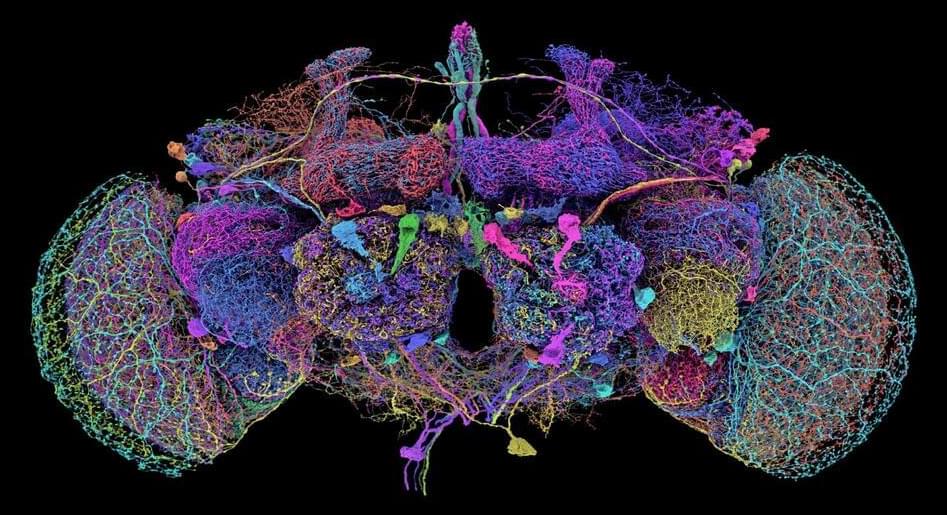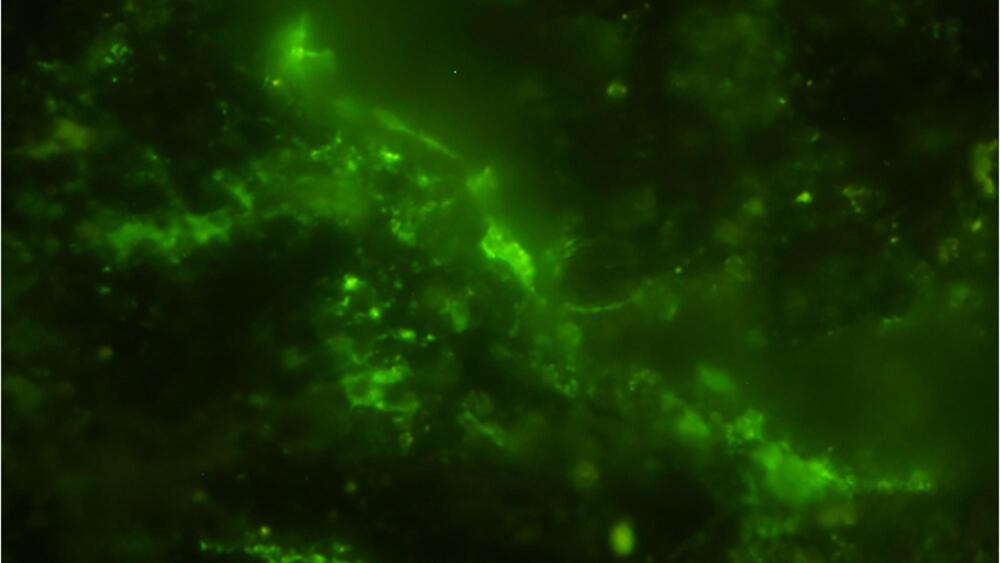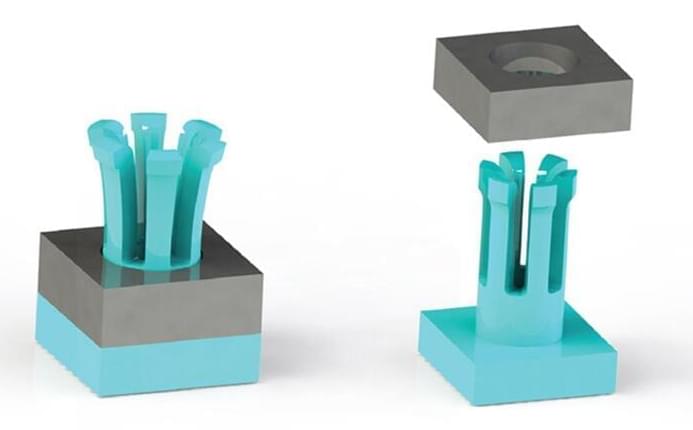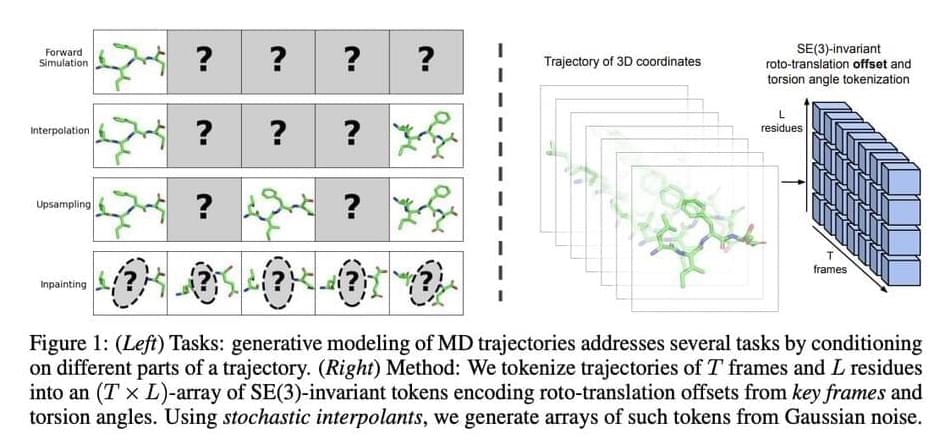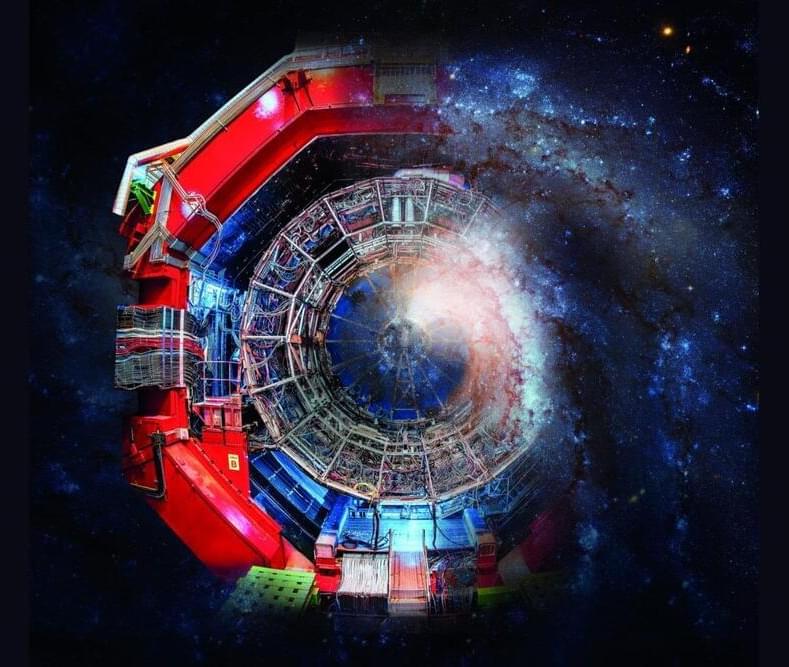A Princeton-led team of scientists has created the first detailed connectome of an adult fruit fly brain, a complex network with almost 140,000 neurons. This significant step in neuroscience was featured in Nature and involved contributions from various global institutions, highlighting both the complexity of the fly’s brain and the potential insights it offers into human neurological diseases.
Groundbreaking Brain Mapping: A Connectome for the Adult Fruit Fly
Researchers led by Princeton University have constructed the first detailed neuron-by-neuron and synapse-by-synapse roadmap through the brain of an adult fruit fly (Drosophila melanogaster), achieving a major milestone in brain research. This study is the flagship article in the October 2 special issue of Nature, which is devoted to the new fruit fly “connectome.”
